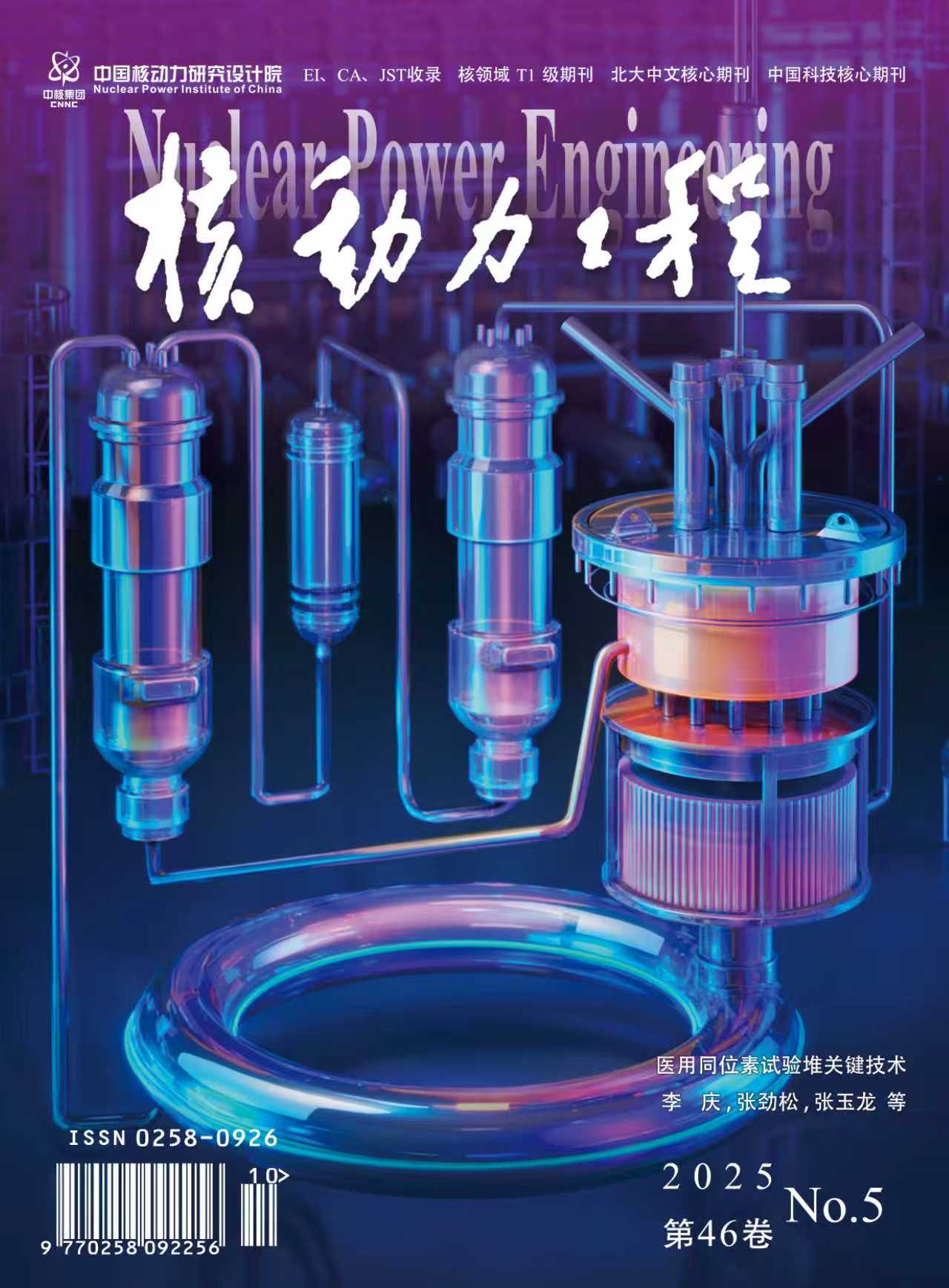2005 Vol. 26, No. 4
Display Method:
2005, 26(4): 305-311.
Abstract:
2005, 26(4): 312-316,322.
Abstract:
2005, 26(4): 317-322.
Abstract:
2005, 26(4): 323-326.
Abstract:
2005, 26(4): 327-331.
Abstract:
2005, 26(4): 332-334,389.
Abstract:
2005, 26(4): 335-339.
Abstract:
2005, 26(4): 340-343,371.
Abstract:
2005, 26(4): 344-347,359.
Abstract:
2005, 26(4): 348-351,363.
Abstract:
2005, 26(4): 352-355.
Abstract:
2005, 26(4): 356-359.
Abstract:
2005, 26(4): 360-363.
Abstract:
2005, 26(4): 364-371.
Abstract:
Effect of Hydrogen and Hydride on Fatigue Cracking Rate of Zirconium-Based Alloys and Its Estimation
2005, 26(4): 372-376.
Abstract:
2005, 26(4): 377-379,405.
Abstract:
2005, 26(4): 380-383.
Abstract:
2005, 26(4): 384-389.
Abstract:
2005, 26(4): 390-392.
Abstract:
2005, 26(4): 393-396.
Abstract:
2005, 26(4): 397-401,409.
Abstract:
2005, 26(4): 402-405.
Abstract:
2005, 26(4): 406-409.
Abstract:
2005, 26(4): 410-413,418.
Abstract:
2005, 26(4): 414-418.
Abstract:



